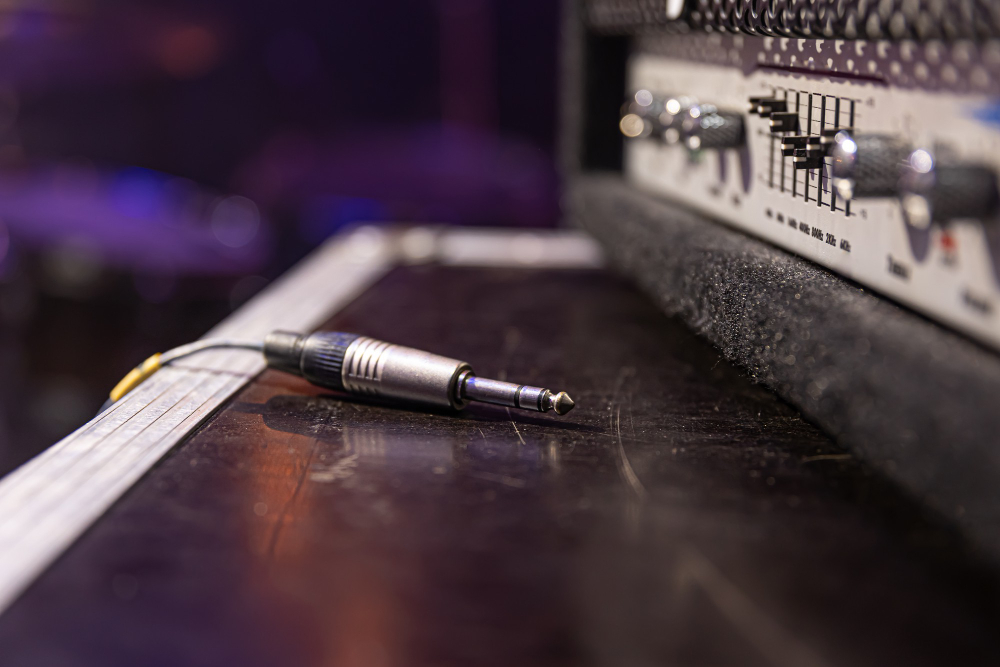Introduction
When it comes to sound quality, every connection matters. Whether you’re setting up a home theatre, recording studio, or professional sound system, the type of cable you choose can make a huge difference.
One of the most reliable and time-tested connections is the coaxial digital audio cable — known for delivering consistent, distortion-free sound between your devices.
In this blog, we’ll explore how coaxial digital audio cables work, why they’re preferred by audio professionals, and how you can choose the right one for your setup.
What Is a Coaxial Digital Audio Cable?
A coaxial digital audio cable is designed to transmit digital sound signals (as opposed to analog) between two devices — like a Blu-ray player and a sound system, or a computer and an amplifier.
The term “coaxial” means the cable has two concentric conductors — a core wire that carries the signal, surrounded by insulation and a metal shield that blocks interference.
This construction makes it:
- Durable and long-lasting
- Resistant to electromagnetic noise
- Capable of maintaining strong signal integrity over longer distances
How It Works
- Digital Transmission
The cable transmits data in binary format (1s and 0s) using S/PDIF protocol (Sony/Philips Digital Interface Format). - Shielded for Purity
The outer shield prevents interference from nearby electronics — such as power cables or Wi-Fi routers. - Conversion Back to Sound
At the receiving end, the digital signal is decoded by your amplifier, receiver, or DAC (Digital-to-Analog Converter) into rich, lifelike sound.
Because the data stays digital from source to destination, the sound remains clean, precise, and free of distortion.
Coaxial vs. Optical Audio Cables
Both coaxial and optical (Toslink) cables are used for digital audio, but they differ in how they transmit signals:
| Feature | Coaxial Cable | Optical Cable |
| Transmission Medium | Electrical pulses | Light signals |
| Connector Type | RCA | Toslink |
| Compatibility | Older and modern equipment | Modern systems |
| Sound Quality | Warm and full-bodied | Clean but sometimes flat |
| Durability | Strong and flexible | Fragile and sensitive to bending |
| Cost | Usually more affordable | Slightly higher |
If you’re using professional-grade sound systems, coaxial cables are often preferred for their versatility and durability.
Benefits of Using Coaxial Digital Audio Cables
- High-Fidelity Sound
Transmits pure digital signals for consistent, studio-quality audio. - Excellent Shielding
Prevents electromagnetic interference (EMI) from nearby devices. - Longer Cable Runs
Maintains clarity and power over longer distances without degradation. - Universal Compatibility
Works with most AV receivers, DACs, amplifiers, and TVs. - Affordable and Reliable
Offers premium audio performance without the premium price tag.
Where They’re Used
At Sole Engineering, we supply coaxial digital audio cables for:
- Recording studios and production houses
- Broadcasting facilities
- Cinemas and entertainment venues
- Professional sound installations
- Custom home theatre systems
Each cable we supply is tested for signal integrity, shielding quality, and connector strength — ensuring long-term performance and reliability.
How to Choose the Right Coaxial Audio Cable
- Check Compatibility: Ensure your devices have RCA or digital coaxial ports.
- Cable Length: Use the shortest possible length to reduce signal loss.
- Shielding Quality: Look for double-shielded or braided cables for better EMI resistance.
- Connector Quality: Gold-plated connectors improve conductivity and prevent corrosion.
Sole Engineering provides custom cable lengths and professional installation for projects of all sizes.
FAQs
Q1: Can coaxial cables support surround sound formats?
Yes, they support Dolby Digital, DTS, and other high-quality surround sound systems.
Q2: Are coaxial and RCA cables the same?
They look similar, but a digital coaxial cable is designed for higher bandwidth and uses 75-ohm impedance for digital signals.
Q3: How long can a coaxial audio cable be?
Generally, up to 10 meters without noticeable signal loss, depending on quality.
Q4: Can I use coaxial for subwoofers?
Yes, digital coaxial cables can carry subwoofer signals with excellent performance.
Q5: Does cable thickness affect sound?
To a degree — thicker cables usually offer better insulation and lower resistance.
Conclusion
A coaxial digital audio cable might seem like a small detail, but it plays a big role in maintaining the clarity and power of your sound system. Whether you’re fine-tuning a professional studio or enhancing your home theatre, investing in the right cable ensures your audio stays true to the source.
At Sole Engineering, we provide premium-grade coaxial audio cables and professional installation for businesses and audio enthusiasts across Malaysia.
Visit Sole Engineering today to explore our range of cables and sound solutions built for quality, performance, and longevity.







